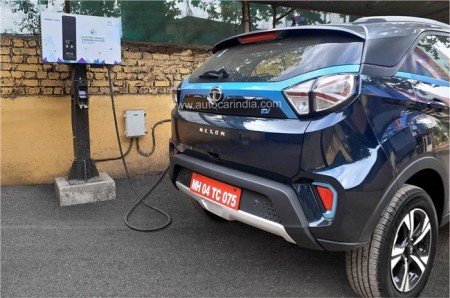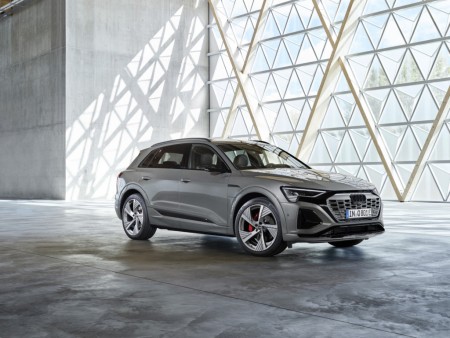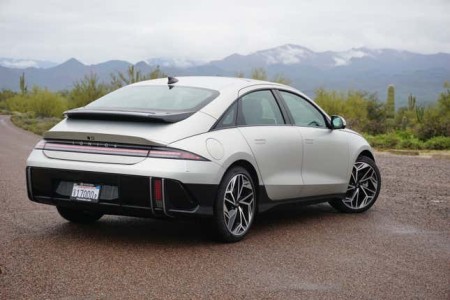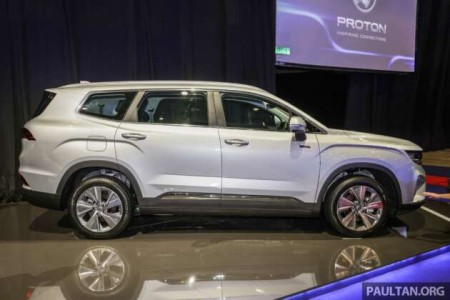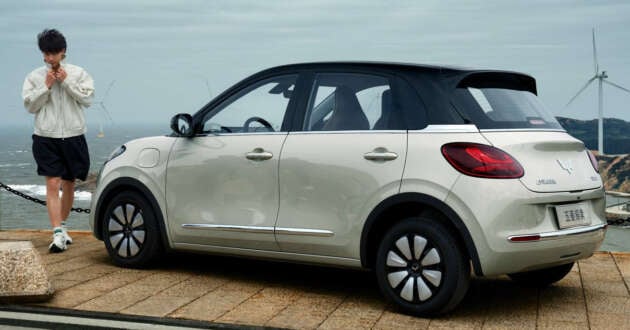
Advertisements
Two variants with the 203 km range are offered, but if you want more range, there are three options that provide 333 km that start at 73,800 yuan (RM47,265). The higher-range variants come with a 31.9-kWh LFP battery as well as a more powerful electric motor that outputs 68 PS (67 hp or 50 kW) and 150 Nm, although the top speed remains the same.
For charging, both versions support AC charging at a max of 3.3 kW, with the smaller battery requiring 5.5 hours for a full charge while the larger battery needs 9.5 hours. However, the latter is capable of DC fast charging (the carmaker didn’t indicate the acceptable power input) that sees a 30-80% state of charge achieved in just 35 minutes.
The Bingo has a more roundish design compared to the Seagull and appears like a shrunken version of the smart #1. Four body colours are offered (black, white, green and pink), with some hues also available with a black roof.
Advertisements
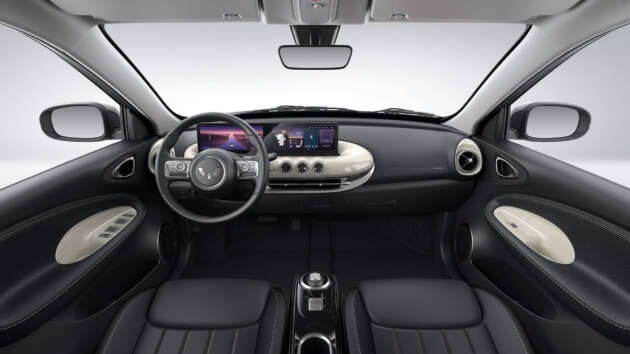
Inside, you’ll find a digital instrument cluster and touchscreen for the Ling OS infotainment system, both measuring 10.25 inches. These are placed on an “island” on the vehicle’s dashboard that remains relatively simple in its design.
Common touchpoints include a two-spoke steering wheel and a rotary gear selector on the centre console, which also accommodates the electronic parking brake and two cupholders. The Bingo can ferry up to four passengers, but there’s very little amenities for those in the rear aside from a cupholder at the rear of the centre console. With the second-row seats folded boot space increases to 790 litres from 310 litres.
As for available equipment, the spec sheet lists LED headlamps, 15-inch alloy wheels, fabric or leather upholstery, ISOFIX child seat anchors, keyless entry and start, manual air-conditioning, cruise control, a reverse camera, up to four speakers, selectable drive modes, low-speed pedestrian warning system, two airbags, ABS, EBD, tyre pressure monitor and vehicle telematics.

